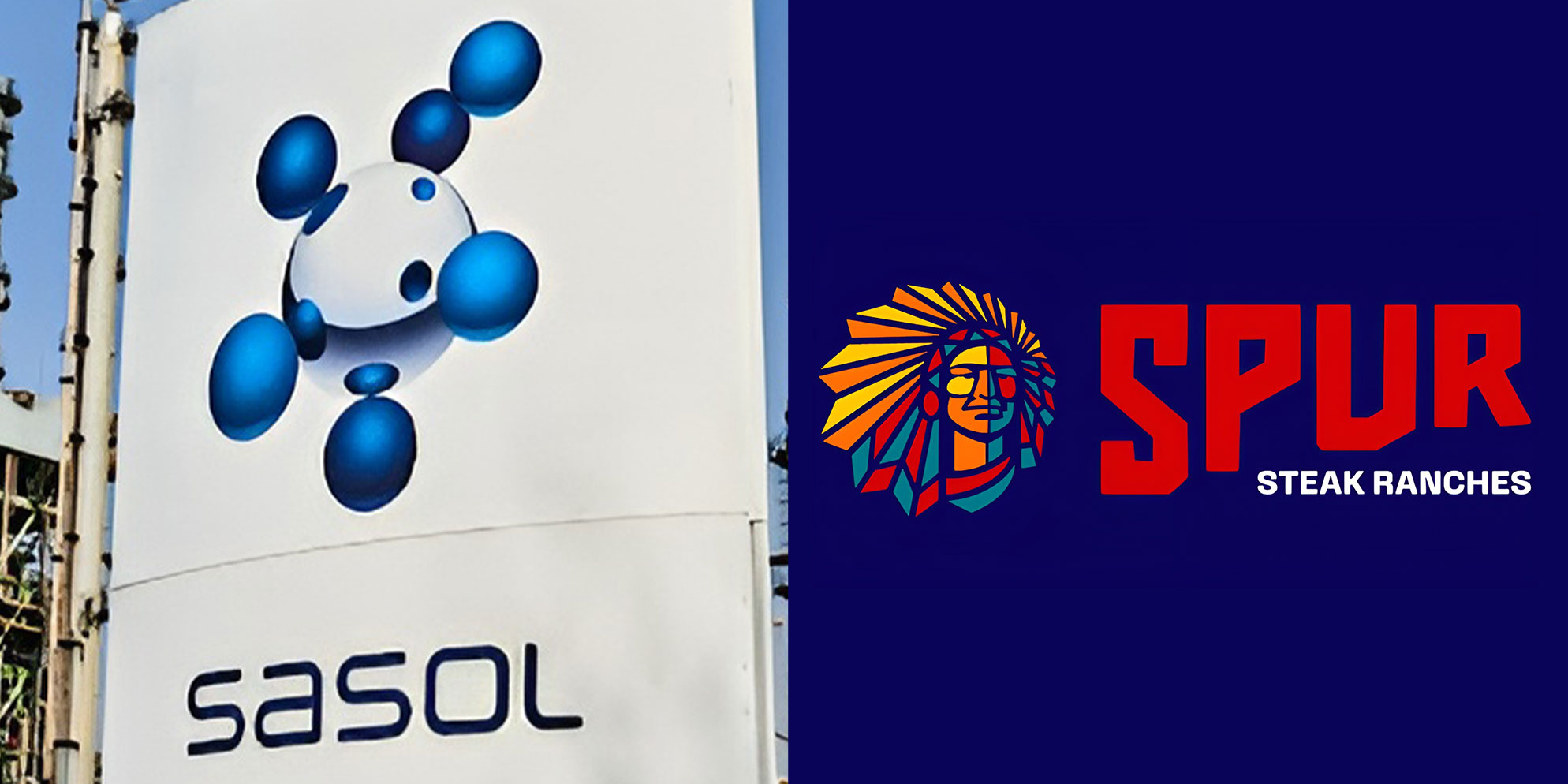After a steady recovery in the aftermath of the Covid pandemic, Spur is finally trading at the same levels it had in 2017. That context is important, as the recent GNU-phoria about small- and mid-cap stocks in South Africa has ignored the fact that most stocks have not even recovered to levels we saw in the middle of the Lost Decade – and on a nominal basis, let alone adjusted for inflation!
That’s less of a comment on Spur and more of a comment on the broader ecosystem in which Spur operates, as South African management teams have been forced to play this game on hard mode for many years.
Things are starting to get easier, which should allow companies like Spur to achieve attractive real returns. They are certainly coming into this era of opportunity on a much-improved base, with revenue up 14.1% for the year ended June and diluted Heps up 9.4%.
For context, Heps in 2019 (before the pandemic ruined our collective appetites) was 173.68 cents. In the latest period, Heps was 284.34 cents. Over five years, that’s a compound annual growth rate of 10.4%, with a long stretch in the middle during which Spur couldn’t even sell beers to tired parents or let their kids play together in the play parks that it is known for.
Another useful element of this story is the combination of organic and inorganic growth. Spur has taken major steps like rebranding its core restaurant franchise to bring the look and feel right up to date.
It also made strong acquisitions such as RocoMamas several years ago, as well as the recent deal to acquire 60% in the Doppio Collection for some Italian exposure. As someone who grew up with an Italian mamma, I’m loath to describe Panarottis as Italian. Doppio Zero, on the other hand, I’ll go along with.
Then again, Panarottis clocked the best sales growth in the group of 10.8% in the latest period, so what do I know about pizza anyway?
Sasol simply has to fix its balance sheet
A dividend is almost as satisfying as a great pizza. Sadly, Sasol shareholders have to go hungry for now. The group has changed its dividend policy to introduce a net debt test as the starting point for a dividend decision. It won’t pay a dividend unless net debt is below $4-billion. It happens to be on $4.1-billion at the moment, so the final dividend is but a figment of our collective imagination.
Is this the end of the world? Perhaps not, but if you’re a dividend-focused investor, then this decision takes Sasol out of your investable universe.
Even when the net debt is reduced, the other change to the policy is that it will pay a percentage of free cash flow rather than Heps as a dividend. Free cash flow is far more volatile than Heps in a capex-hungry group, as it is net of working capital changes and capex investment.
This suggests that dividends will be far less dependable from here on, which is bad news for institutional investors and probably even worse news for B-BBEE investors in SOLBE1, Sasol’s BEE shares.
The SOLBE1 shares are identical to Sasol shares in all respects except for ownership restrictions. This resulted in a structural discount in SOLBE1 versus Sasol shares, so SOLBE1 holders have enjoyed a much higher dividend yield. If there’s no dividend, then where does that leave the SOLBE1 investment case?
These are the types of reasons for companies’ hesitancy to change their dividend policies, especially to this extent.
It causes churn in the investor base – and many long faces. Based on this, we can safely assume that Sasol had little choice but to take this route.
Read more: The market lowdown on HomeChoice, DRDGold and Curro & co
Performance has been poor over the past two years, with operating profit trending lower and finance costs moving higher. That combination can only end in disaster, hence the need to reduce debt through whatever means possible – including hanging on to profits instead of paying them to its shareholders.
The market initially hated the news, but then the share price bounced back as those investors with less of a dividend focus bought into the story of an improving balance sheet. This is the beauty of a market: there are buyers and sellers working off exactly the same underlying information and coming to different conclusions. DM
This story first appeared in our weekly Daily Maverick 168 newspaper, which is available countrywide for R35.






